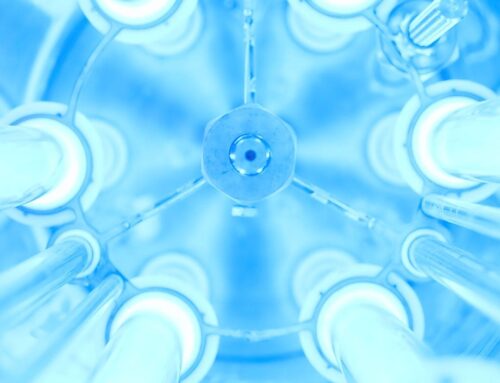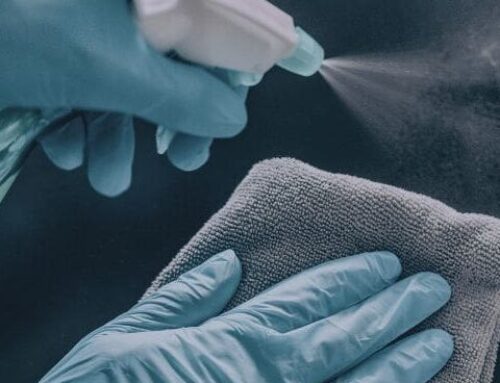As the demand for “eco-friendly,” “natural” and “green” preservatives rises, so does concern regarding consumer safety and product performance.
Data on safety, product compatibility and performance of conventional preservatives has been generated over decades and is well reviewed and documented, so manufacturers of cleaners and cosmetics know they can rely on traditional preservatives to prevent spoilage during manufacturing and contamination during consumer use. But how do “natural” preservatives such as organic acids, bio-preservatives, and plant extracts compare?
Natural preservatives typically require a narrow pH range and significantly higher concentrations than synthetic preservatives. This can alter product chemistry resulting in changes to compatibility, odor, color and preservative performance. In many cases, human and environmental safety may not be well studied or documented.
Despite the weak scientific basis for concerns about most traditional preservatives, many companies now face pressure to move toward more eco-friendly or natural alternatives. In ATL’s experience, phenoxyethanol and organic acid combinations can be reasonably effective when formulated properly. In any case, a reliable lab should be used to verify preservative effectiveness of reformulated products using methods like USP <51>.
For more information about natural vs conventional preservatives, consider the excellent resources below.
– Conventional Vs. Natural Preservatives (Browne et al.)
– Critical Elements of…Product Preservation (H.A.P.P.I.)




